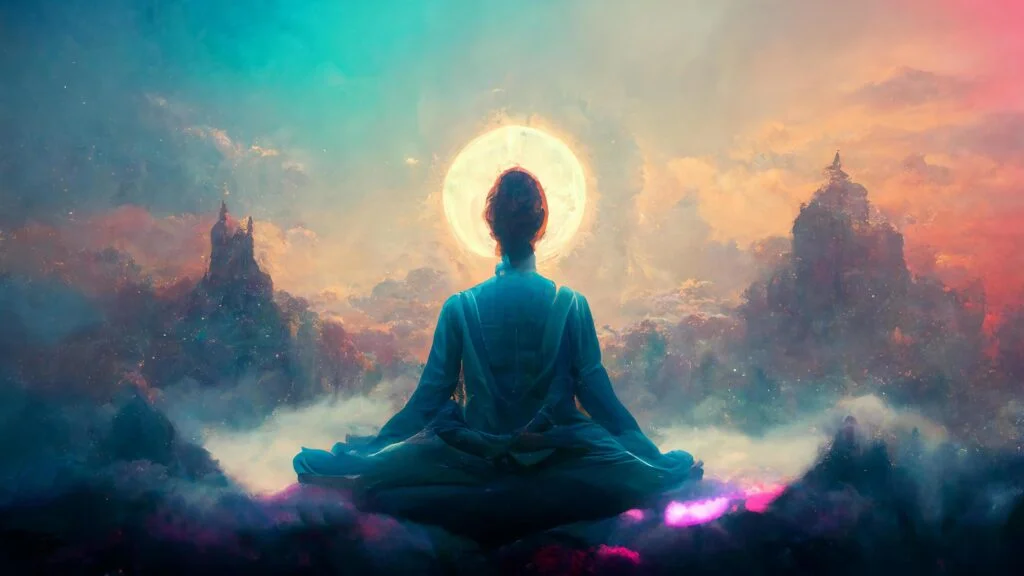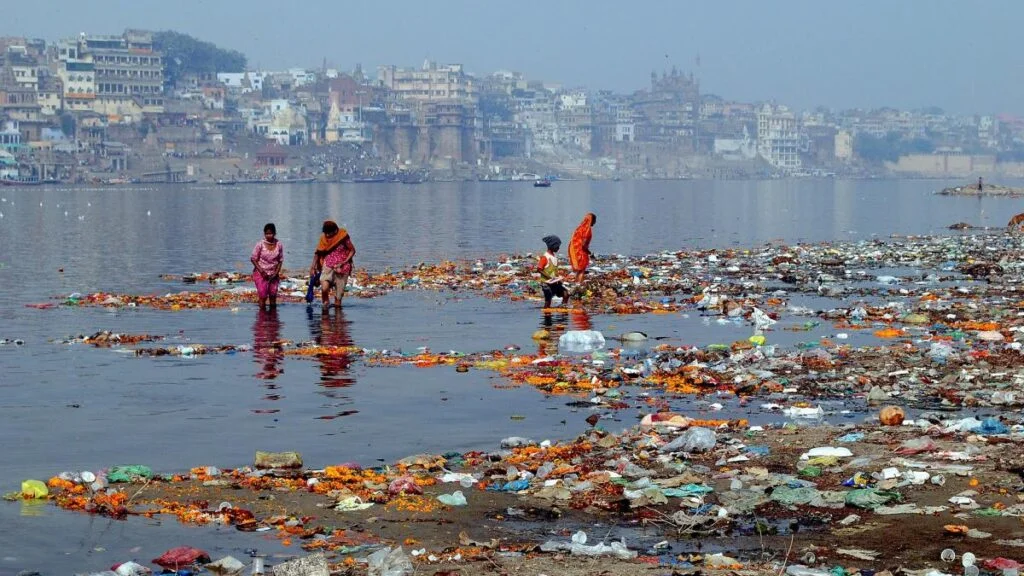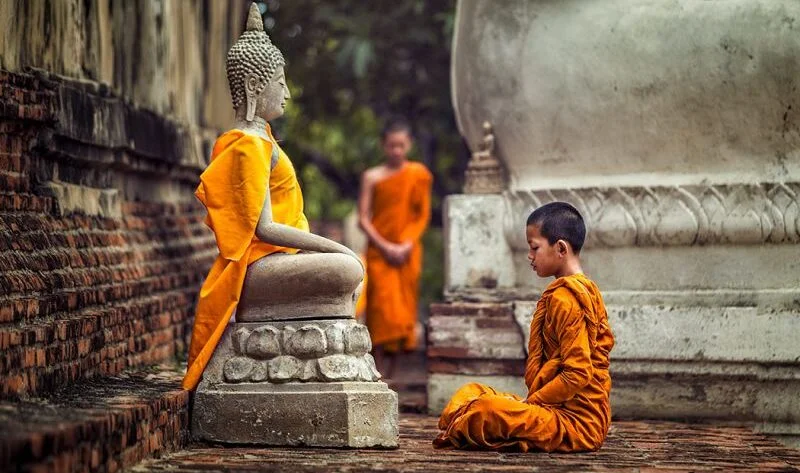Today, we are confused about how we can find more spiritually spirited youngsters even in this modern age where science has advanced so much. Even with scientific reasoning taking a more prominent role in forming opinions and thoughts, the surge of youth in the humble abode of the god is evident. One may wonder what has motivated the younger generation to embrace spirituality to such an extent.

Shifting Spiritual Dynamics
The perception of spirituality as a realm primarily explored by the elderly is evolving. Youngsters today are actively joining their older counterparts in the quest for life’s meaning. This shift prompts older generations, engrossed in meeting materialistic family needs, to ponder the cause of this unexpected change. However, witnessing the youth’s sudden inclination towards spirituality both amuses and pleases them.
Science holds the answer to these curious questions. Although, the youth today appear more spiritual than their elders simply because they are more visible in the realm of social media. The older generation lags in showcasing their spirituality to the digital world, as they have somehow fallen behind in the race of social media algorithms.
The concept of spirituality on social media and its connection with youngsters is not universal but does apply to many. Not the entire youth is exclusively ‘digital spiritual.’ Many understand the basics of spirituality, recognizing that merely visiting a god’s place and posting a selfie on social media doesn’t define true spirituality. Some youngsters follow the right path based on their perception of spirituality. They not only worship but also incorporate the teachings into their daily lives. However, the prevalence of ‘digital spiritual’ youngsters outweighs these individuals who are in the minority today, along with the older generations.

Rise of ‘Digital Spiritual’ Youth
Various factors contribute to the rise of the ‘digital spiritual’ generation. The most noticeable factor is the increased consumption of digital social media platforms during the COVID-19 Pandemic. The youth not only used the internet for online classes but also actively engaged with social media platforms. The lockdown confined people to their homes. When lifted, there was an unexpected surge in tourism, particularly to spiritual places. Experiencing divine places virtually is a positive aspect. However, the flip side of this digital spiritualization trend is the potential harm it poses to the sanctity of these sacred locations.
Today there is a shift in the type of media consumption. The world has moved from an era of ‘B’-logging to ‘V’ -logging. The visual presentation matters today. The pandemic made people ask themselves spiritual questions and remember the almighty. The search for these questions made them in the abode of the god post-lockdown. The vlogging culture has grown exponentially post-COVID and the competition on YouTube has also grown. Here too, they follow the general rule of demand and supply. The vloggers try to show what is in demand. God is one of the major interests of the people and to tap this viewership, more and more digital media creators are finding themselves in god’s premises.

Virtues and Challenges of Spiritual Exploration
The digital tour of places inaccessible to most people is a virtue in itself. Many individuals, especially the elderly and less privileged, have expressed delight and gratitude for the visual presentation of places they can only dream of visiting. The surge of content creators, primarily youth, is not inherently negative. They have not only provided itineraries for spiritual journeys but also assisted people in planning weekend getaways to these sacred places.
In no sense, can capturing these spiritual sites digitally be considered bad. It brings a virtual experience of these holy sites to people who can’t visit physically. It also caters to those who want to explore these places digitally. The only problem arises when, for the sake of digital creation, the young ones, new to the field of spirituality, forget to maintain the sanctity of the place.
The downside lies in the uproar and crudeness created by some visitors in these divine locations. It overshadows the positive aspects of the deed. Tourists consuming alcoholic beverages in the Ganges ghats and couples treating spiritual sites as mere holiday destinations highlight the need for responsible and respectful behavior in these revered places.
The younger generation has experienced both positive and negative impacts due to the video presentation of spiritual sites. On the positive side, these videos offer valuable references for individuals planning visits, providing insights into the ‘Do’s and ‘Don’ts’ of these places. However, the downside is that they have attracted individuals ill-prepared for such journeys. Many perceive these spiritual sites merely as holiday destinations, often overlooking the challenging terrains. This has resulted in the exploitation of services intended for the elderly and children, sometimes even leading to animal abuse.

Embracing True Spirituality
Be aware of the true meaning of spiritualism. Harming the environment and disrupting society in the name of God is not good. Keep divine places separate from holiday destinations. Visit holy sites only for devotional purposes. Maintain sanctity in these places. One thing that the youth need to realize is that spirituality starts within the self. Doing the right things in the right place is the first step of spirituality. There is no divinity in harming others in the name of God. Utilize digital media to understand culture and age-old traditions. Keep them alive for the coming generations through digital media.
The sudden influx of tourists to these holy sites, often located in remote areas, catches local authorities off guard. This unprecedented surge leads to mismanagement of both people and resources, creating challenges for maintaining the sanctity and sustainability of these sacred locations.
About the Author
Aman Bora

Aman Bora is currently a Ph.D. Candidate in the Department of Political Science of Soban Singh Jeena University Almora, Uttarakhand (India). He received his master’s degree in Political Science (Silver Medalist) from Kumaun University Nainital in Uttarakhand (India) and has passed the UGC-National Eligibility Test in Political Science subject. He is an ardent researcher and an inquisitive learner avidly interested in International Relations, Defense Studies, Geopolitics, and topics related to National Interests.






